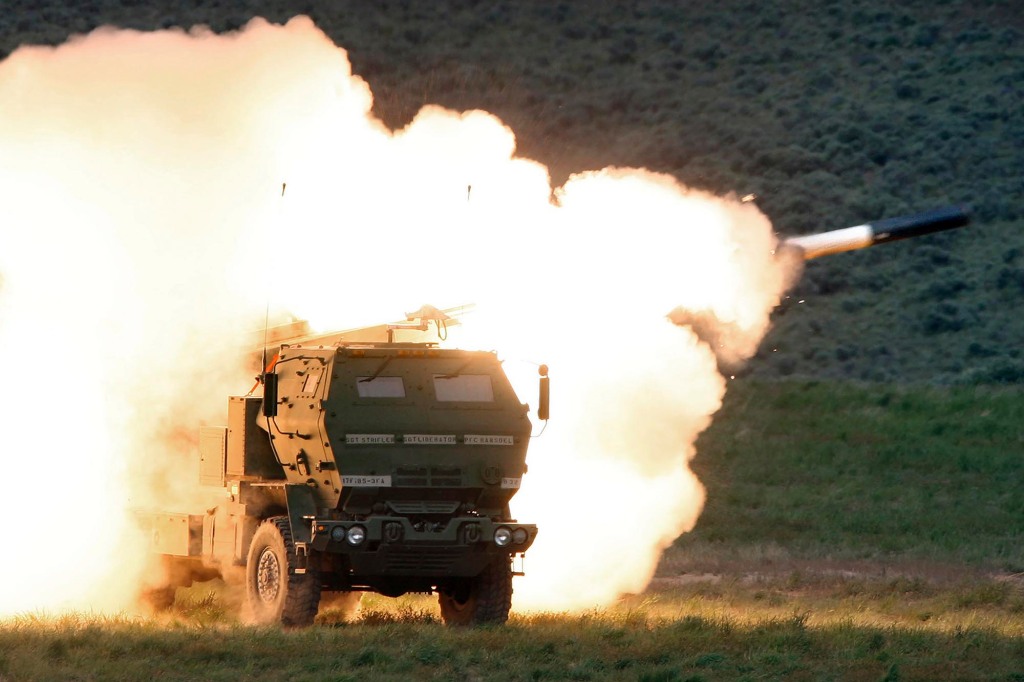Momentum may shift in Ukraine war, experts say
Embattled Ukraine may get the upper hand in its war with Russia in the coming weeks — with Russian advances flagging in the eastern Donbas region and a Ukrainian counteroffensive underway in the nation’s south, western analysts say.
“It does seem the Russians’ ability for forward movement is petering out,” Phillips O’Brien, a professor of strategic studies at the University of St. Andrews in Scotland, told the Washington Post Friday. “I don’t see them being able to advance much more in the Donbas.”
The assessment matches that of British spymaster Richard Moore, the MI6 chief who predicted last week that Russian forces were “about to run out of steam.”
“Our assessment is that the Russians will increasingly find it difficult to supply manpower [and] materiel over the next few weeks,” Moore said at the Aspen Security Forum in Colorado last Thursday.
Meanwhile, he said “[Ukrainian] morale is still high, and they’re starting to receive increasing amounts of good weaponry.”
Since that assessment, Russian forces have taken a large, Soviet-era coal power plant in the northern part of the Donetsk province — one of two eastern states that make up the industrial region known as the Donbas.
But Russian gains have been small, and they’ve scored no major strategic victories since taking Lysychansk — Ukraine’s last holdout in the Luhansk province in the northern Donbas — in the beginning of July.
An analysis Thursday from the Institute for the Study of War, a DC think tank, said that while Russian forces were moving north from the power plant at Vuhlehirska toward the city of Bakhmut, Russian forces were unlikely to have the strength necessary to take the city.

Meanwhile, Ukrainian forces are quickly fielding new long-range rocket systems, including the US-made and -supplied high mobility artillery rocket system, or HIMARS, enabling them to strike further beyond Russian lines, picking off Russian command centers and ammunition depots.
“We know from the way that the Russians fight that they need someone to tell them what to do,” a senior US defense official told the Washington Post Friday. “And when you are able to kill the people that tell them what to do, you’re able to stop those folks from moving forward.”
The long-range precision strikes enabled by the HIMARS have also allowed the Ukrainians to target another Russian Achilles-heel: supply lines.
Russia failed in its initial attempt to take Kyiv and other northern Ukrainian cities during the opening phase of the invasion in part due to an inability to keep attacking units with fuel, ammunition and supplies.

Seeking to force similar restrictions on Russian forces in the south, the Ukrainian military has been using the HIMARS system to target a key bridge in the Kherson region in an effort to sever Russian resupply efforts, and struck three more bridges over the Dnipro River.
The supply-line strikes come as Ukraine has announced it’s begun a sizable counteroffensive in the south, with the hopes of retaking Kherson, the first city captured by Russian forces at the start of the invasion.
Ukraine said that its air force had successfully struck five Russian strongholds in the Kherson region on Thursday, and Ukrainian ground forces are believed to have liberated several villages along the northern edge of the province.
Ukrainian intelligence has reported that Russian forces are undergoing what Ukrainian presidential advisor Oleksiy Arestovych called a “massive redeployment” in the south, shifting from an offensive posture to a defensive one ahead of the expected Ukrainian assault, which could define the next stage of the war.
With Post wires
Read the full article Here


